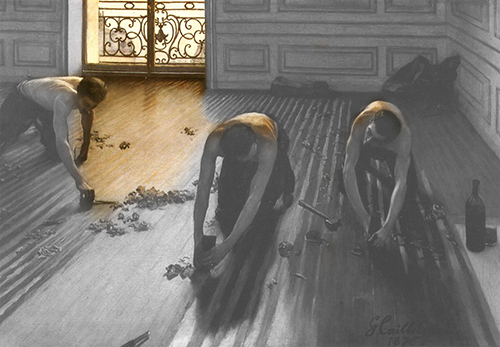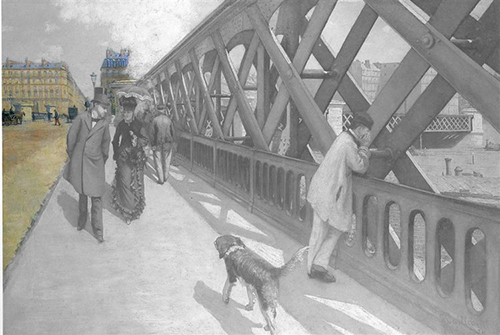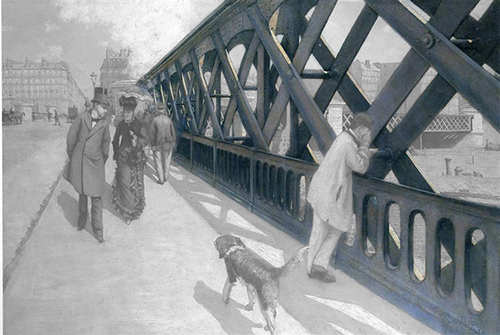Coming from a wealthy family, Caillebotte was naturally drawn to portraying the lives of the bourgeoisie- the new middle class, as well as the transformation of Paris' urban landscape.
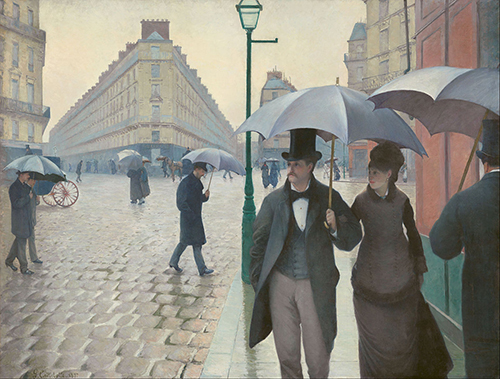
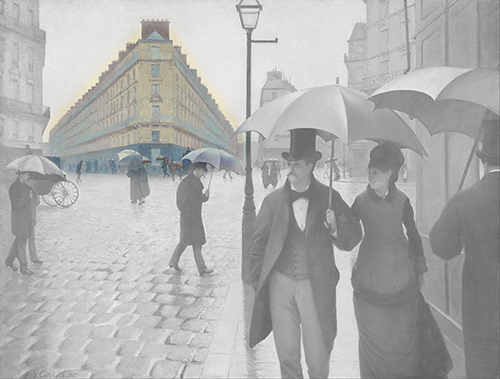
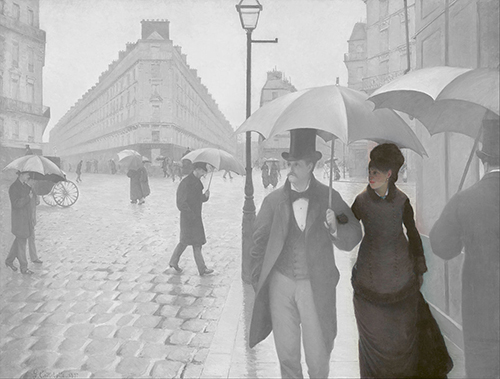



Haussmann
A new city landscape

Bourgeoisie
A new upper-middle class




Industrial Revolution
New manufacturing processes


Gustave Caillebotte, Paris Street; Rainy Day, 1877, 2.39 m x 1.85 m, Art Institute of Chicago Building.




















